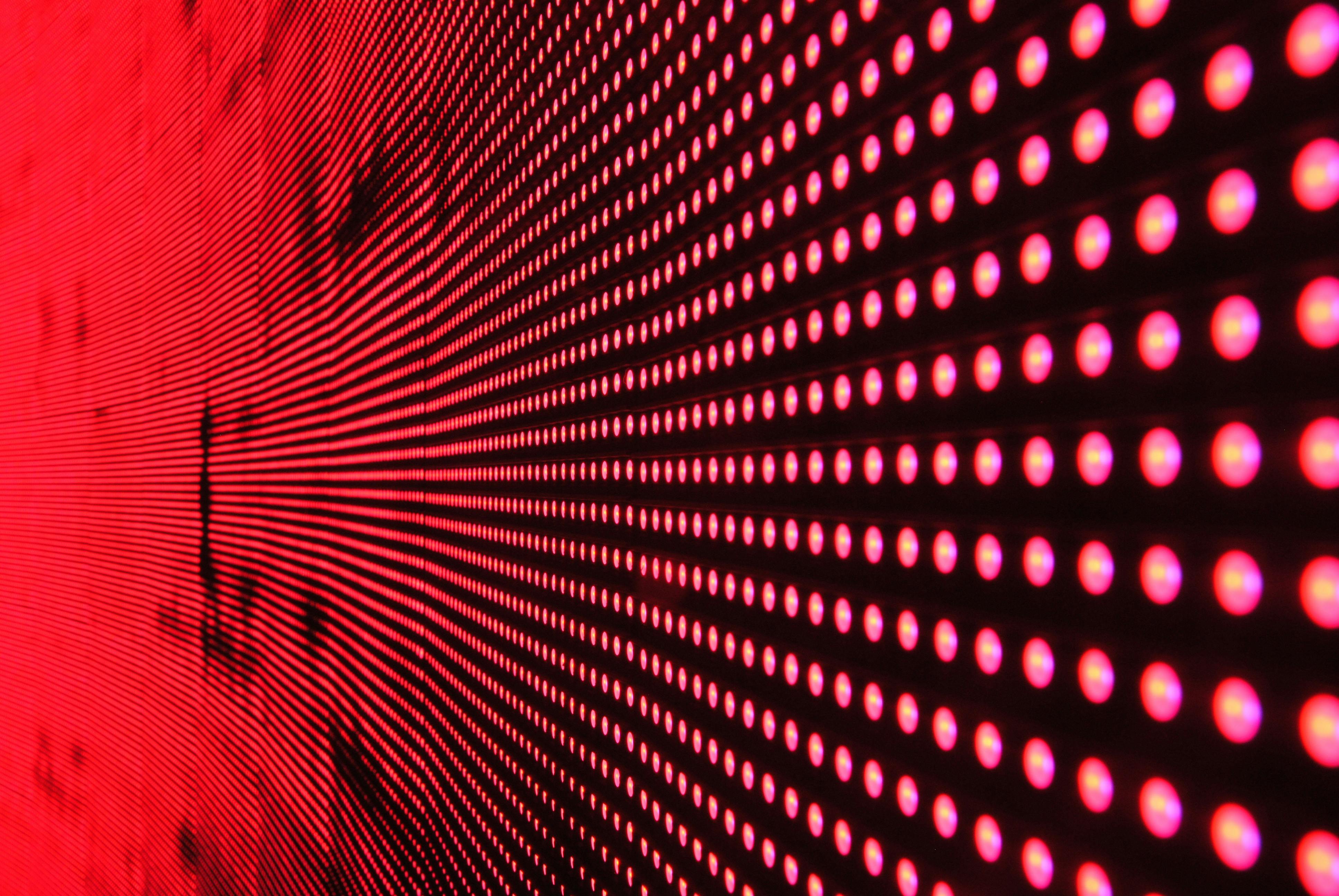Rejuvenating Your Health with the Science of Photobiomodulation
Photobiomodulation (PBM) might not be a term you’re familiar with, but this innovative therapy is making waves in the health and wellness sector. Offering a range of potential health benefits, it's a subject that's ripe for exploration. In this article we'll delve into the history, current research trends, benefits and challenges of photobiomodulation.

A Beacon of Health: Understanding Photobiomodulation
Photobiomodulation, formerly known as low-level laser therapy (LLLT), has its roots in the mid-20th century. Initially used to accelerate wound healing, this non-invasive treatment has been the subject of numerous studies and trials over the past few decades. The therapy uses light sources, including lasers, LEDs, and broad-band light, in the red and near-infrared spectrum. These wavelengths are known to stimulate cellular function and promote healing and rejuvenation.
Current Perspectives: Photobiomodulation in Modern Medicine
In today’s health scene, photobiomodulation is being used to address a wide range of conditions. Notably, PBM has been shown to reduce inflammation and pain, promote wound healing, and even provide neuroprotective effects. Its role in treating conditions like arthritis, tendonitis, and sports injuries has been well-documented. Moreover, emerging research suggests potential benefits for neurological and psychological conditions, like Alzheimer’s and depression.
Illuminating Benefits and Challenges of Photobiomodulation
The benefits of photobiomodulation are numerous. Its non-invasive nature and the absence of known side effects make it an attractive therapeutic option. However, like any therapy, it’s not without its challenges. The science is still evolving, and the mechanisms underlying its effects are not fully understood. Moreover, the lack of standardization in treatment protocols can make it challenging for patients and practitioners alike.
The Science Behind the Light: How Photobiomodulation Works
PBM works by delivering light energy to the body’s cells, stimulating their natural healing and regenerative capabilities. Specifically, it’s believed to increase the production of cellular energy and reduce oxidative stress, contributing to improved cell health and function. However, more research is needed to fully understand the underlying cellular and molecular mechanisms.
Illuminating Facts About Photobiomodulation
- Photobiomodulation was first approved by the FDA in 2002 for pain relief.
- This therapy does not use the UV light that causes sunburn and skin damage.
- Current research is exploring PBM’s potential in treating eye diseases, thanks to its neuroprotective effects.
Lighting the Path Forward: Conclusion
Photobiomodulation is a promising addition to the wellness landscape, offering a non-invasive, side-effect-free treatment option for a variety of conditions. The science is still evolving, but the potential benefits of this therapy are illuminating. As we continue to seek innovative approaches to health and wellness, therapies like photobiomodulation shine a light on the exciting possibilities that lie ahead.





